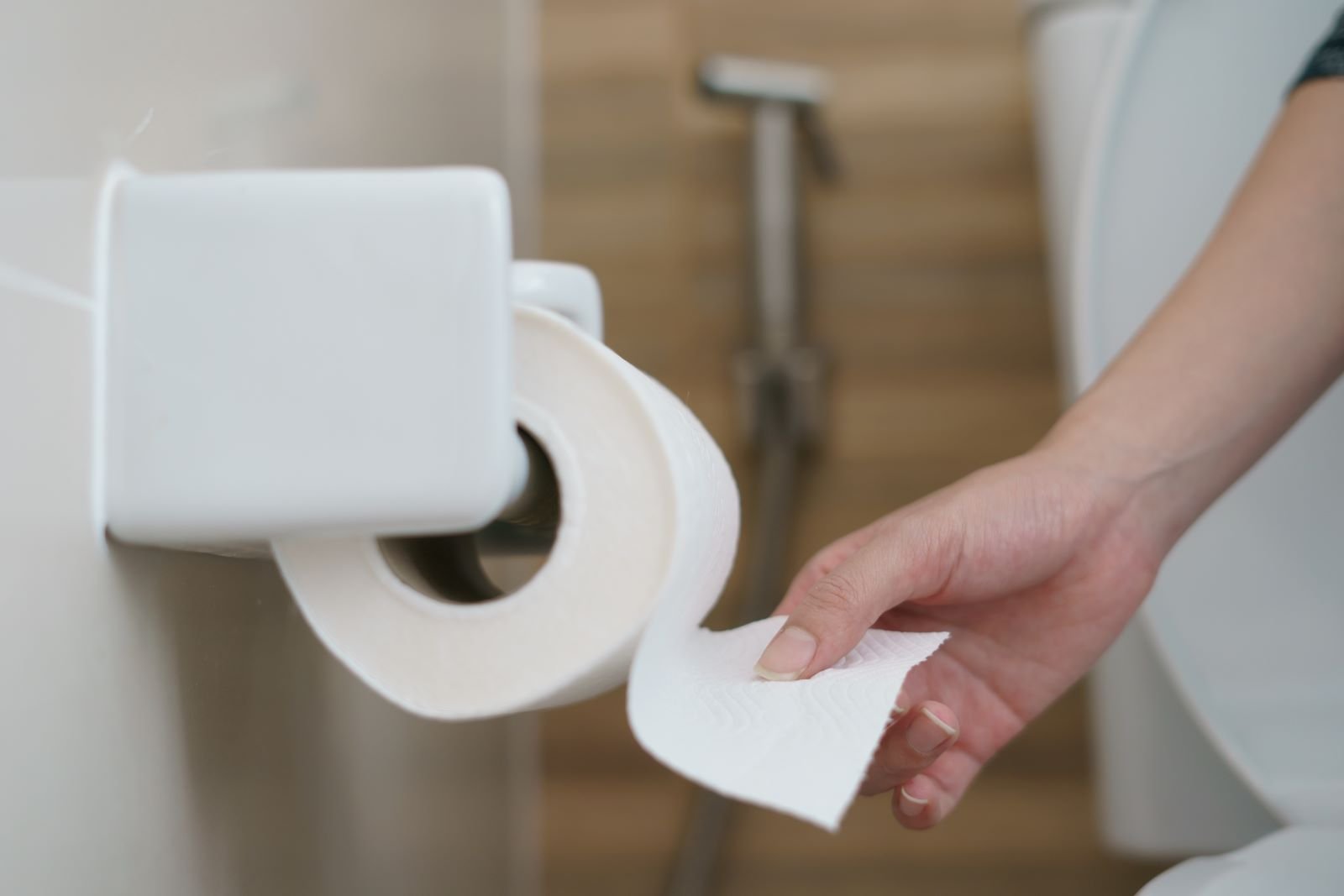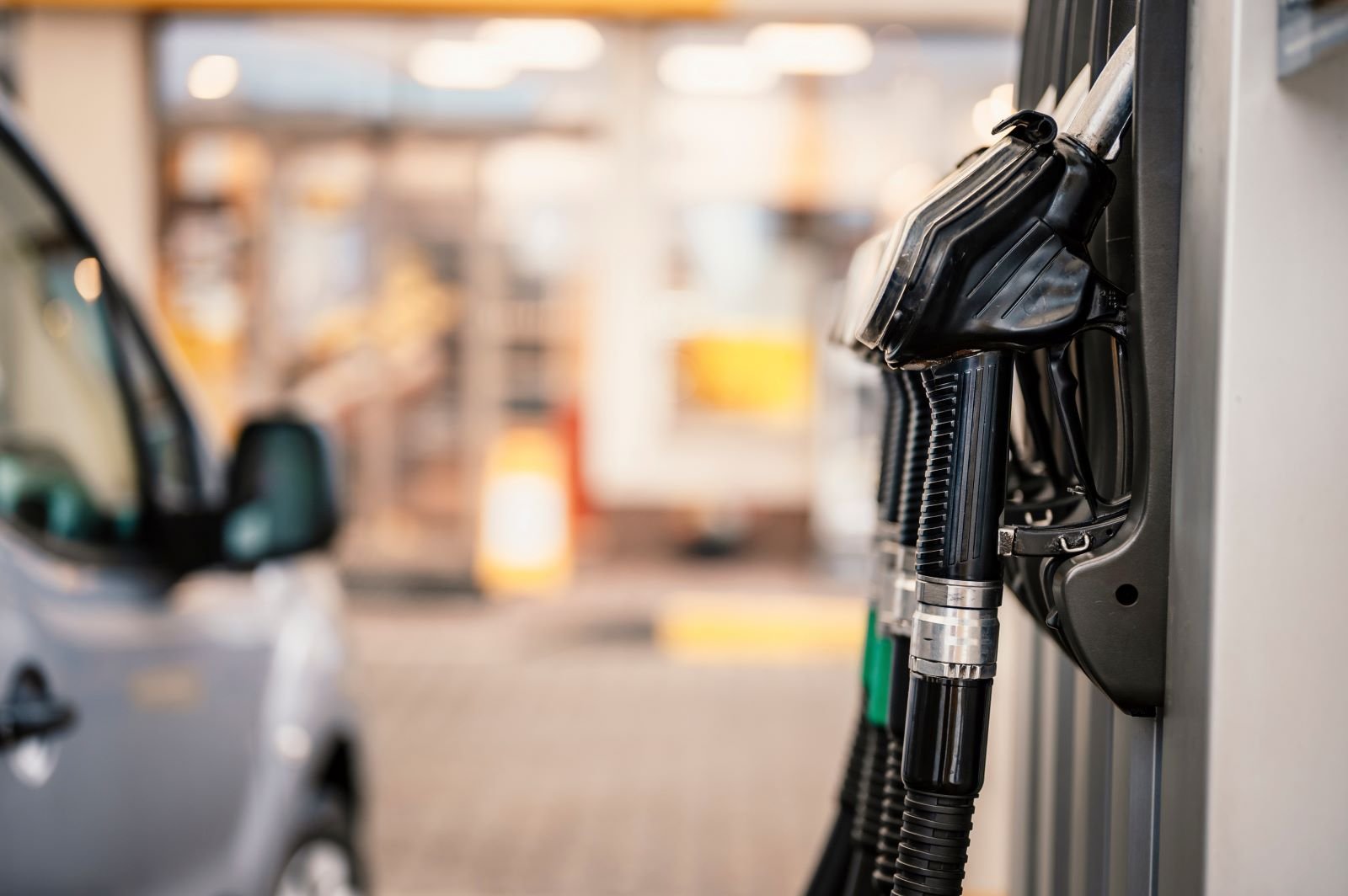In emergencies, essential items can quickly vanish from store shelves. Past crises have shown how unpreparedness can lead to last-minute shortages. Knowing which items disappear first helps in planning to avoid the stress of scarcity.
Bottled Water

During emergencies, bottled water vanishes rapidly from store shelves. Stockpiling becomes crucial as clean water sources may be compromised. According to FEMA’s recommendations, a family of four should have at least one gallon of water on hand every day, with the minimum supply lasting two weeks. Water purification tablets and filters gain importance as alternatives. Emergency management agencies recommend storing at least a three-day supply per person.
Canned and Non-Perishable Food Items

Canned goods become scarce quickly in crises, lasting 1 to 5 years. It can last for more if stored properly. These items offer extended shelf life and nutritional value. It is recommended to store a minimum of two-week supply for each household member. High-protein options like canned meats are particularly sought after for their caloric density and long-term storage potential.
Sanitary Necessities

Toilet paper shortages often occur during emergencies, as witnessed during recent global events. There was a 123% increase in toilet paper sales during the early stages of the Covid-19 pandemic. This essential item’s disappearance can cause significant distress. Alternatives like bidets or reusable cloths may be considered. Bulk buying and hoarding behaviors increase scarcity. Due to this, maintaining a one-month supply per household can help to avoid panic-induced shortages.
Batteries

An average American family uses around 90 batteries per year. Batteries become a prized commodity when the electrical grid fails. They power crucial devices like flashlights, radios, and medical equipment. Rechargeable options gain popularity for their long-term utility. Stocking various sizes of batteries can help cover all needs. Solar-powered chargers emerge as sustainable alternatives during extended power outages.
Multipurpose Survival Tools

Multi-tools and knives disappear from stores during emergencies. These versatile items serve numerous functions in survival situations. Quality and durability become key considerations when selecting tools. Proper maintenance ensures long-term reliability. Some individuals prioritize specific features based on anticipated emergency needs.
Critical Medication

The FDA reports that 66% of Americans use prescription drugs regularly. Prescription drugs vanish swiftly as individuals rush to secure their health needs. Chronic condition management becomes challenging without regular medication access. Healthcare providers advise maintaining at least a 30-day supply. Proper storage and rotation of medications ensure their efficacy during cruises.
Medical Care Kits

First aid supplies become scarce as individuals and organizations make themselves ready for emergencies. The American Red Cross recommends that every household have at least one first aid kit in their home and car. These kits include everything you need to heal minor wounds and illnesses. Regular inventory checks and restocking are crucial. Knowledge of basic first aid techniques complement kit availability.
Infant Care Essentials

Baby supplies vanish rapidly as parents prioritize their children’s needs. Formula shortages can be particularly distressing for families reliant on specific brands. 20% of parents reported facing shortages when it comes to baby formula in 2024. This can significantly increase in times of emergencies. Alternatives for cloth diapers gain consideration during extended emergencies. It is recommended to maintain at least a two-week supply of essential items to tackle any such emergency periods.
Personal Hygiene Items

Toiletries and hygiene products disappear quickly as people prioritize cleanliness during crises. Hand sanitizers and disinfectants become particularly valuable. Alternatives like homemade soaps or reusable menstrual products gain consideration. Maintaining good hygiene practices helps prevent disease spread in emergencies. Stockpiling these items required consideration of expiration dates and storage conditions.
Pet Care Supplies

The American Pet Products Association reports that 66% of U.S. households own a pet. Animal food and supplies vanish as pet owners ensure their companions’ well-being. Emergency preparedness guides recommend a two-week supply of pet essentials. Along with this, having first aid kits for pets also becomes important for addressing minor animal health concerns.
Cash

Around 19.2% of Americans use cash to purchase items. This indicates only a small percentage of people keep cash in handy at all times. However, cash becomes a critical resource when electronic payment systems fail. ATM shortages often occur as people withdraw funds altogether. It is recommended to keep a modest amount of cash in small denominations. Precious metals like gold or silver coins may be considered in prolonged emergency situations.
Thermal Protection

Extreme weather conditions result in about 1300 deaths in the U.S. every year. Blankets and warm clothing supplies dwindle in cold climate emergencies. Layering techniques become essential knowledge for maximizing warmth. Proper storage prevents moisture damage to winter gear. Community coat drives often emerge to address shortages among vulnerable populations.
Fuel Reserves

In America, a family uses an average of 800 to 1,500 gallons of propane for various household purposes. Proper is more commonly used as cooking fuel in various U.S. homes. In times of emergencies, there are shortages of propane along with gasoline as people prepare for potential evacuations or power outages. Long lines at fuel stations become common sights. Storing fuel safely at home requires proper containers and precautions.
Cleaning Supplies

Cleaning supplies, such as disinfectants, bleach, and hand sanitizers are crucial for maintaining hygiene. During a crisis, they help stop the spread of illnesses. Sales of cleaning products increased by more than 30% during the global pandemic. The Centers for Disease Control and Prevention (CDC) recommends having at least a 30-day supply of cleaning essentials. Stockpiling these supplies helps households mitigate health risks when access to stores becomes limited.
Duct Tape and Plastic Sheeting

Duct tape and plastic sheeting supplies diminish as people prepare for potential structural damage. These versatile materials serve emergency functions. Knowledge of basic waterproofing techniques proves to be useful. Some individuals stockpile additional items like tarps or plywood. Proper storage ensures these materials remain effective when needed.
Backup Power Generator

Generators become highly sought-after items during prolonged outages in emergency situations. In 2023, only 14% of U.S. households have backup generators. These devices provide crucial electricity for refrigeration, medical equipment, and communication tools. Proper installation and ventilation are essential for safe operation. Solar generators have gained popularity as eco-friendly alternatives for emergency power needs.
